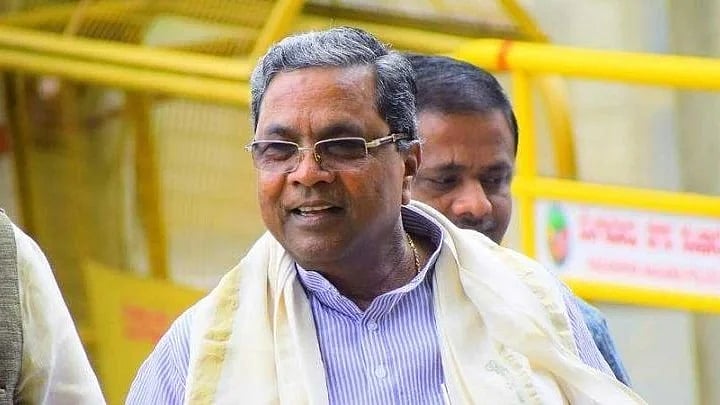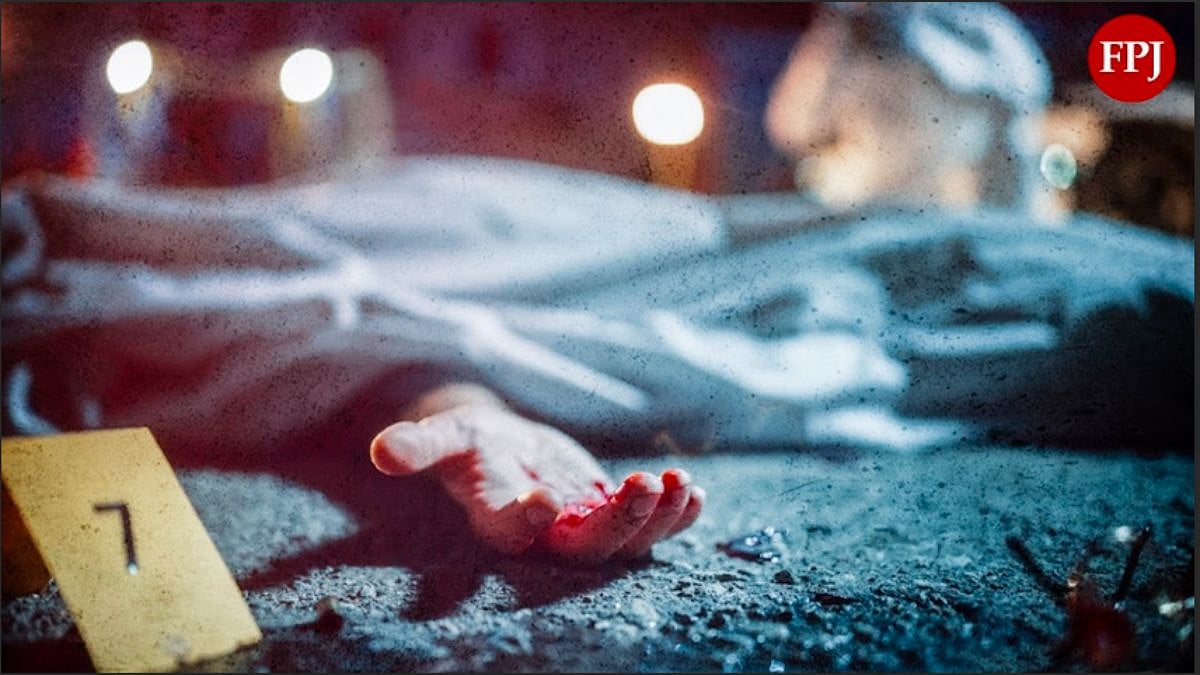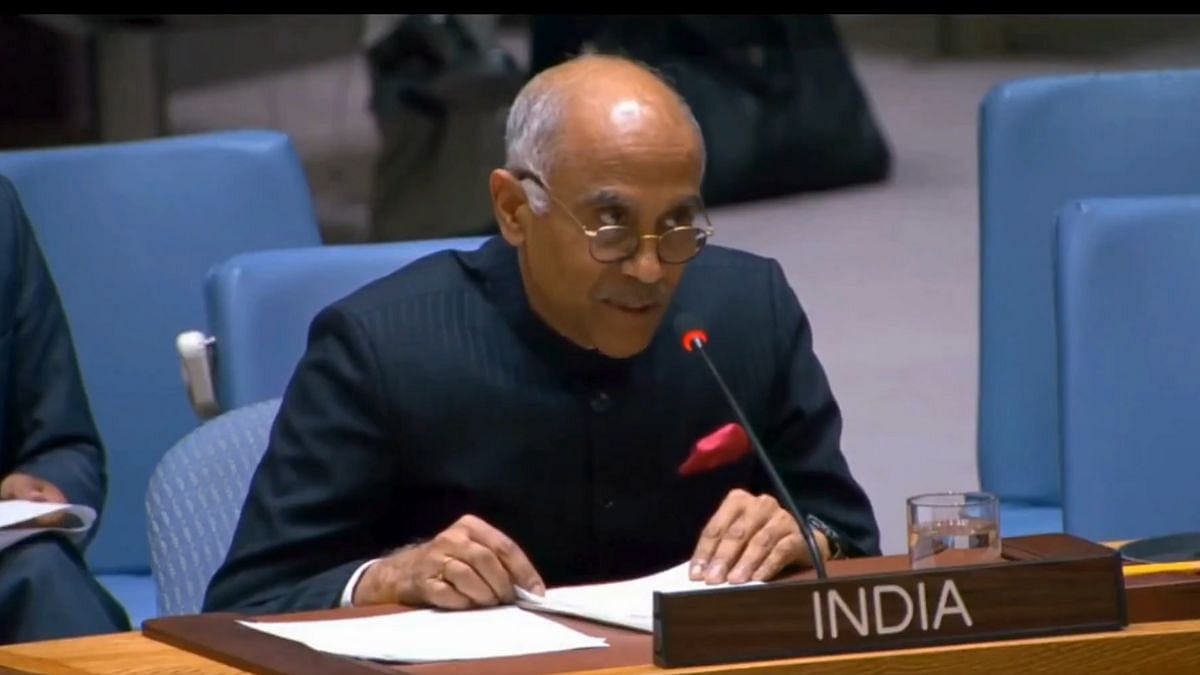Union Budget 2021 finally presented by Finance Minister Nirmala Sitharaman on February 1, 2021. Amid concerns over the serious impact of coronavirus (COVID-19) on India’s GDP growth during last year, all people particularly economists, and investors had their eyes on the day when the Union Budget will be tabled in the Lok Sabha. As per the rituals, this year also before the budget, the customary ‘halwa ceremony’ was held on Saturday at the Union Finance Ministry headquarters at North Block in New Delhi. It was a happy moment for all the people as on the occasion, Finance minister Sitharaman madam also launched the “Union Budget Mobile App” for hassle-free access of Budget documents. Finance Minister Nirmala Sitharaman tabled the Economic Survey 2020-21 in the Parliament on the first day of the Budget session. The survey, authored by Chief Economic Adviser Krishnamurthy Subramanian, has analysed various topics from economic growth, fiscal stance, state of banking and more. The economic survey projected a growth of 11 % with focus on recapitalisation and privation of PSU banks in 2020-2021. The economic survey suggested a fresh asset quality review of Indian banks as soon as the Covid-19 relief measures are lifted. Every year the union budget is presented with a lot of hue and cry before and after the presentation. So Let's try to understand what a budget is in simple language? It is an annual statement that details government finances. It is the summary of revenue and expenditure of a fiscal year. It aggregates income from all sources(taxes, duties, borrowings) and expenses. It also offers estimates for the next financial year.
Budget-Who makes it? : Budget making is a consultative process that involves the finance ministry, the planning commission and all other ministries.The budget division, which is a part of the department of the economic affairs prepares the budget after the planning commission and finance ministry issue the spending guidelines ,Ministries prepare their demands based on these guidelines. Once it is passed by the parliament, the president signs it into an act.
Budget –The process: Ministries indicate their requirement, Budget division prepares a draft document in consultation with various stakeholders, Finance minister approves draft in consultation with prime minister, Finance minister briefs other ministers through a summary of the cabinet ,Finance minister presents budget in the Lok Sabha. It has 2 parts- a)General economics survey of the country and the policy statements. b) Tax proposals, Annual financial statement is given to Rajya Sabha and discussions are held in the parliament. .Grants are approved, Appropriation Bill, Finance bill introduced in Rajya Sabha, then the union budget is approved.
Bougette : Leather bag, secrecy angle: In the run-up to the Union Budget, the number-crunching officials are isolated in a finance ministry to keep key figures a secret. What adds to the drama of the Union Budget every year is the secrecy angle. The ‘lock-in’ most exciting scene in the Budget, wherein, number-crunching officials are locked up in a North Block (finance ministry) to keep key figures a secret. ‘lock-in’ scene is the 100-odd technical staff drawn from the government printing presses. Budget Press of the North Block basement, where there are two printing machines.The ‘lock-in’ of the printing staff starts around February 20. Apart from secrecy, the ‘lock-in’ serves another underlying purpose — that of enabling work uninterrupted, 24x7. It’s virtually a hostage situation. No phone calls and no contact with the world outside. There is just one phone line on which the printers can receive calls. That, too, only in the presence of an intelligence official. —for the prints or the ‘proofs’ cannot be taken out of the press. These prints, in the form of Budget documents, will come out only on D-day — rather, on the eve of the Budget day. They are taken to Parliament at night, and the contents shared with the Press Information Bureau. when the finance minister makes her much-awaited Budget speech in Parliament. The budget always tries to balance the objectives of stimulating growth and managing fiscal deficit. There are five main heads classified for tax payers such as 1) Salaries people 2) Investors paying taxes on deposits and securities 3)taxes on house property 4. Capital gain 5)Income from Business and Profession. As per fiscal policy government tries to provide budget by considering the fiscal deficit and forex, as GDP can be increased by Consumers spending, Investments, government spending, imports and exports of country .so one side the trade of payment of country is considered for balancing country’s overall financial position and other hand stimulus is being provided for increasing consumers spending and ultimately then increasing manufacturers revenue.
Lets understand what is
Balance of payments for our country: The total money comes into a country from abroad less money going out of the country during the same period. The way balance sheet is prepared for the company, similarly the country’s balance of Payment is prepared with two accounts : Current account and Capital account. The current account includes:
*Visible trade (known as merchandise trade, which is the value of exports and imports of physical goods;
*Invisible trade , which is receipts and payments for services, such as banking or advertising, and other intangible goods, such as copyrights, as well as cross-border dividend and interest payments; private transfers, such as money sent home by expatriate workers; official transfers, such as international aid.
The capital account includes: long-term capital flows, such as money invested in foreign firms, and profits made by selling those investments and bringing the money home; short-term capital flows, such as money invested in foreign currencies by international speculators, and funds moved around the world for business purposes by multinational companies. We believe one of the sectors that require focus in economic development is education. The pandemic and lockdown disrupted the sector to a great extent, as schools and colleges were the first one to shut and last one to open due to lockdown. Current expenditure on education is around 4.5 % of GDP and research and innovation investment, is 0.8% of GDP needs to be enhanced to at least 7% and 2 to 3% of GDP respectively. For following this new norm of education and conducive learning atmosphere, the government needs to increase funds allocated to the education sector for smooth implementation of New Education policy. For technological advancements FDI in education is essential. The pandemic has impacted all sectors and businesses of all sizes. While some industries have seen a bit of turnaround in the past , it is essential to have policies that will enable ease-of-doing-business. Increased loan limits for unsecured loans, will help small businesses to have better access to credit and working capital. Hassle-free loan disbursements, automation of tax and compliance, paper-less approvals, and incentives to adopt digital banking practices will be critical changes to look for. The manufacturing MSME sector which is an engine to the growth of the country and is an important impetus for the GDP growth so different packages that will stimulate their business as many are facing liquidity problems due to the long breakdown in the country in a few sectors.
Every cloud has a silver lining. 2020 has been a game-changing year for a few sectors such as logistics, IT, Ecommerce, Pharma and healthcare sector. So, to conclude we feel there is a need of radical transformation in various sectors which will encapsulate an increased use of digital technologies and automation. So in that regard dedicated measures from the government are required to boost digitalisation and transparency that will drive the economy.
The author of the article is Associate Professor of Dr V N Bedekar Institute of Management Studies









